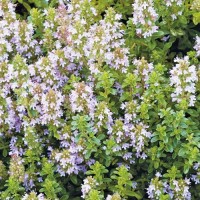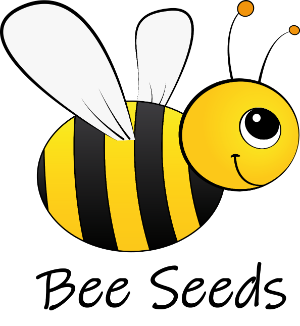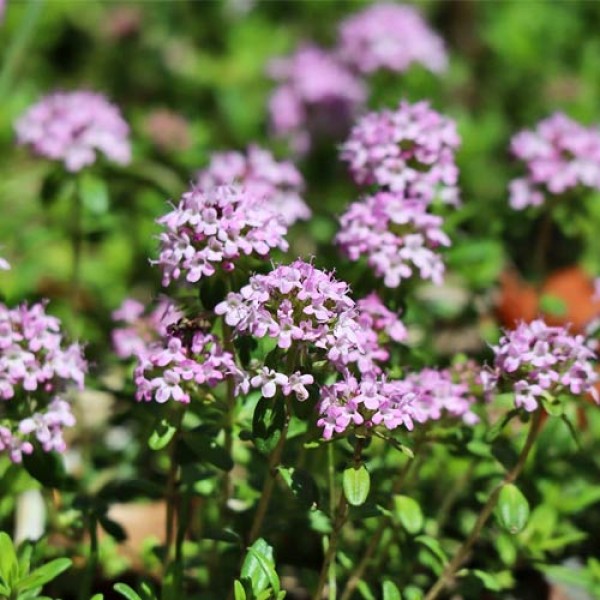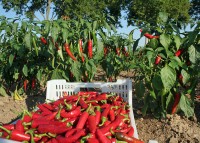Growing thyme from seed
Thyme is a small perennial shrubby plant that belongs to the labiates. It hardly grows taller than 20 - 30 cm and is therefore often planted in rock gardens or as a ground cover in a south-facing position. However, thyme also feels at home in a pot on a sunny balcony or terrace. Along with basil, rosemary and oregano, thyme is a classic Mediterranean spice. It adds a warm and harmonious flavour to all dishes with its spicy, bittersweet aroma. In addition, thyme is also known for its healing qualities: It has an antibacterial, anti-inflammatory, decongestant and expectorant effect and is therefore used for coughs, colds and hoarseness, but also for diarrhoea and menstrual cramps.
Location
Thyme belongs to the Mediterranean herbs. It therefore needs a sunny location, preferably on the south side of a house or at the top of a herb spiral.
Thyme develops very deep and widely branching roots and prefers sandy, well-drained, lean and dry soil and thrives where other plants capitulate due to lack of nutrients. Make sure that the soil has a fairly high lime content. It is also well suited for planting in a gravel bed or rock garden. Like most herbs, thyme does not like waterlogging.
Sowing
Thyme can either be pre-cultivated indoors from February to March or directly sown from mid-April to mid-May. Please note that thyme is a light germinator. Only press the seed and do not cover it with soil. At temperatures of 16 - 20 °C the plants will germinate within 10 to 15 days. Plant the plants 20 x 25 cm apart.
If the thyme has grown well in its location, it will sprout after a few years. As a replacement for older shrubs, a few plants should therefore be replanted each year. It is also possible to propagate existing plants. On the one hand, this can be done via runners. However, if several plants are to be replaced, the use of cuttings is more advantageous.
Care
Like many Mediterranean herbs, thyme is quite undemanding. Fertilisation is usually not necessary. For plants older than two years, a small amount of fertiliser can be applied once a year. The best fertiliser is a handful of compost or organic fertiliser, such as nettle manure. Do not use fertiliser with a high nitrogen content, as this stimulates growth too much and can lead tolegginess. It is better to fertilise the thyme with lime once a year.
If you grow thyme in a pot, make sure it drains well, as waterlogging will cause the plant to die.
Flower
Thyme flowers from June to October. During this time, the herb produces small, pale pink to light purple flowers, which are very popular with wild bees. The thyme flowers have the typical shape of labiate flowers, consisting of 5 petals and 4 stamens. After flowering, they develop into oval, dark brown nutlets, each containing several seeds. Flowering thyme can be harvested and processed without any problems.
Protection from pests and diseases
Thyme is largely protected from pests because of its high content of essential oils. Very rarely, infestation with cicadas or aphids is possible. However, these can be driven away very quickly with the garden sprayer. If your thyme is infested with mildew, a shower with a horsetail infusion will help.
Harvest
Thyme is at its most aromatic when it blooms bright pink. If you harvest at flowering time or shortly before, the essential oil content is highest. After flowering, you can still harvest thyme, but the flavour is no longer as intense. In August, you should cut back the thyme so that it will sprout again well the next year.
Storage
It is best to store thyme in dried form. Its flavour actually intensifies during the drying process. Bundle the twigs and hang them in a dry and protected place or place them on a cloth or baking tray. The thyme will be dried in just a few days and you can enjoy it for a long time.















